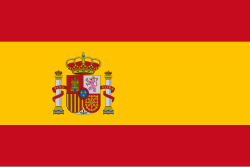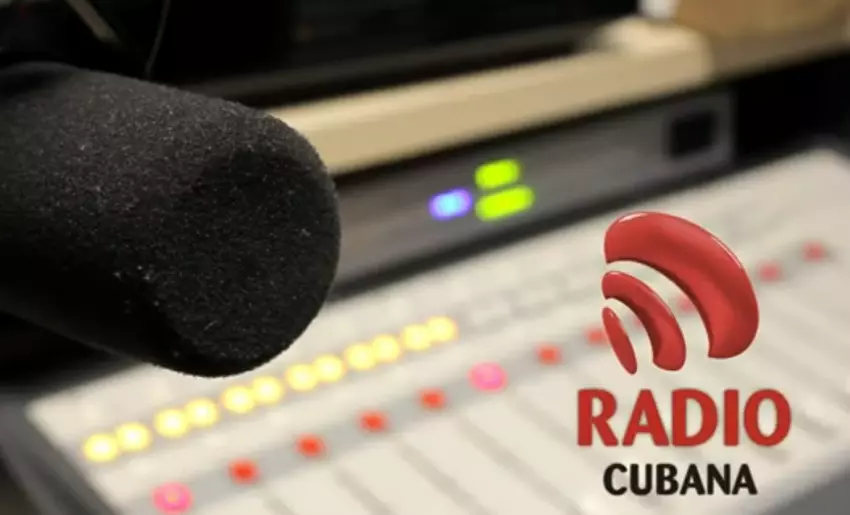These are radio days. They are radio people. I have seen through the networks how maestro César Hidalgo, an illustrious Holguin native, gives hugs to the distinguished visitors. Holguin is the host of the National Radio Festival and, as we know, that land is prodigal in fineness. While the jurors decide, I will ride in my memory towards some passages that take place inside the studios, near the microphones, or that jump the borders, unbridled, no longer restrained.
Radio for me was healing, without the need to drink Clavelito’s water. Radio for me was generous, it welcomed me with open arms, just when I needed air. The radio was the unexpected blanket, the fertile shelter, the perpetual teaching.
One of those people I met was José Julián Padilla Sánchez, musician, radio artist emeritus, record producer. He directed and wrote specialized programs of lyrical music and music of the Caribbean with which he was repeatedly awarded. Life gave him the gift of an illustrious grandfather: Pepe Sánchez, the author of the traditional bolero, the pioneer bolero, Tristezas.
To Maestro Padilla we owe a historic phonogram from the late 80’s, “La música de Pepe Sánchez”, for which he was awarded a special prize in one of the Cubadisco’s calls. I coincided with him. He was overflowing with joy, but his finances were short, very short. I gathered mine, equally meager, and we went down La Rampa until we stopped at Malecón. It was enough for only two beers, but I was privileged to hear him tell me how he saved the work of one of the fathers of Cuban trova. Of course, those confessions with the sea in the background, with the sea in front, returned to the radio.
Sound images accompanied me to Mexico. I had to prove to a group of students that the image is not only what enters through the retina, but a complex process of decoding, assimilation and interpretation. The exercise consisted of listening to some radio fragments and then describing how they imagined the characters and the scenery.
Broadcaster Ileana Navarro Pupo, one of those who have broken the myth of radio narration as the preserve of male voices, described Marie Curie’s entrance into Sorbonne University. A female narrator to talk about another woman who defied conventions, who pushed the world. Minutes later, enthusiastic students were telling how the radio had built for them the doors, the corridor, the way of walking and even the countenance of the researcher. The voice, the music, the effects, had done their thing.
When a broadcaster of the height of Juan Carlos Roque García finished the course, we were not satisfied. The full stop became a period. This is how the program “Así suena la vida” was born, a space for sound documentaries. Under the motto that we are municipalities of the world, we broadcast from Radio Mambí, a local radio station, more than seventy works by an equal number of artists from Cuba and Latin America. Several of them emblematic.
It was my turn to be the scriptwriter and later on, I was also in charge of directing. It was a fruitful stage, of pure learning. The program was available on a digital platform, so access was increasingly global. One of the most beautiful days was when Professor Alejandro Castañeda visited us and listened to us from Angola. If it was magical for him to receive the voices of his city, crossing the ocean, it was magical for the staff to know that our effort could even reach African soil, that our slogan was an irrefutable reality.
These are radio days. They are radio people. Radio is always more.
By Reinaldo Cedeño Pineda, journalist, poet, researcher and cultural promoter. Invited to the National Festival of Cuban Radio 2023 / Translated by Radio Angulo
- Campaign Against Arboviruses Intensifies in Moa - 13 de December de 2025
- The 11th Plenum of the Central Committee of the PCC Convenes - 13 de December de 2025
- ANPP readjusts its session period amid complex national scenario - 13 de December de 2025

